DJI’s groundbreaking new drone, the Mavic 4 Pro, pushes the boundaries of aerial imaging with dual cameras, AI-driven tracking, and unmatched performance—but there’s a catch. It won’t be available for sale in the United States. Let’s explore the reasons behind the U.S. absence of DJI’s latest marvel, connecting the dots to recent political and economic shifts, especially the resurgence of tariffs on foreign tech under President Donald Trump. Is this the beginning of a new era in which American creators and filmmakers are left behind?
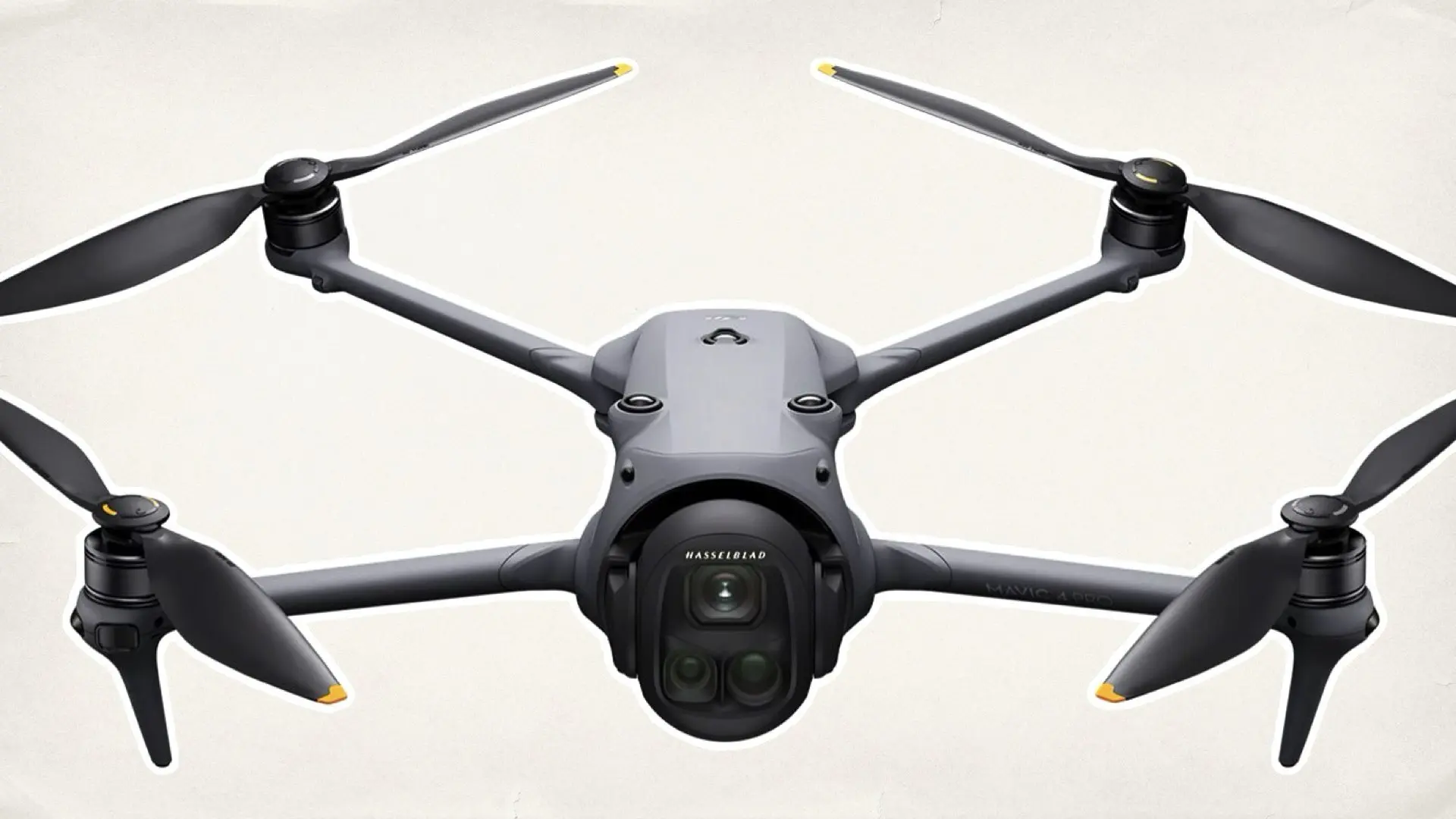
The Mavic 4 Pro: DJI’s Pinnacle of Innovation
DJI, the undisputed leader in consumer drones, has unveiled the Mavic 4 Pro, an evolution that represents one of its most intelligent flying cameras ever created. It features a dual-camera system—a 4/3 CMOS Hasselblad sensor and a 1/1.3″ telephoto lens—delivering stunning 4K/120fps footage, a dynamic range of 14+ stops, and cinematic color science. Thanks to new AI-powered object tracking, advanced subject recognition, and smarter obstacle avoidance, this drone pushes creative boundaries. It even includes 1TB of internal storage, solid codecs, and full manual control in both video and stills, making it an aerial tool not just for hobbyists but for professional filmmakers and content creators. Yet for all its technical brilliance, U.S. customers are locked out.
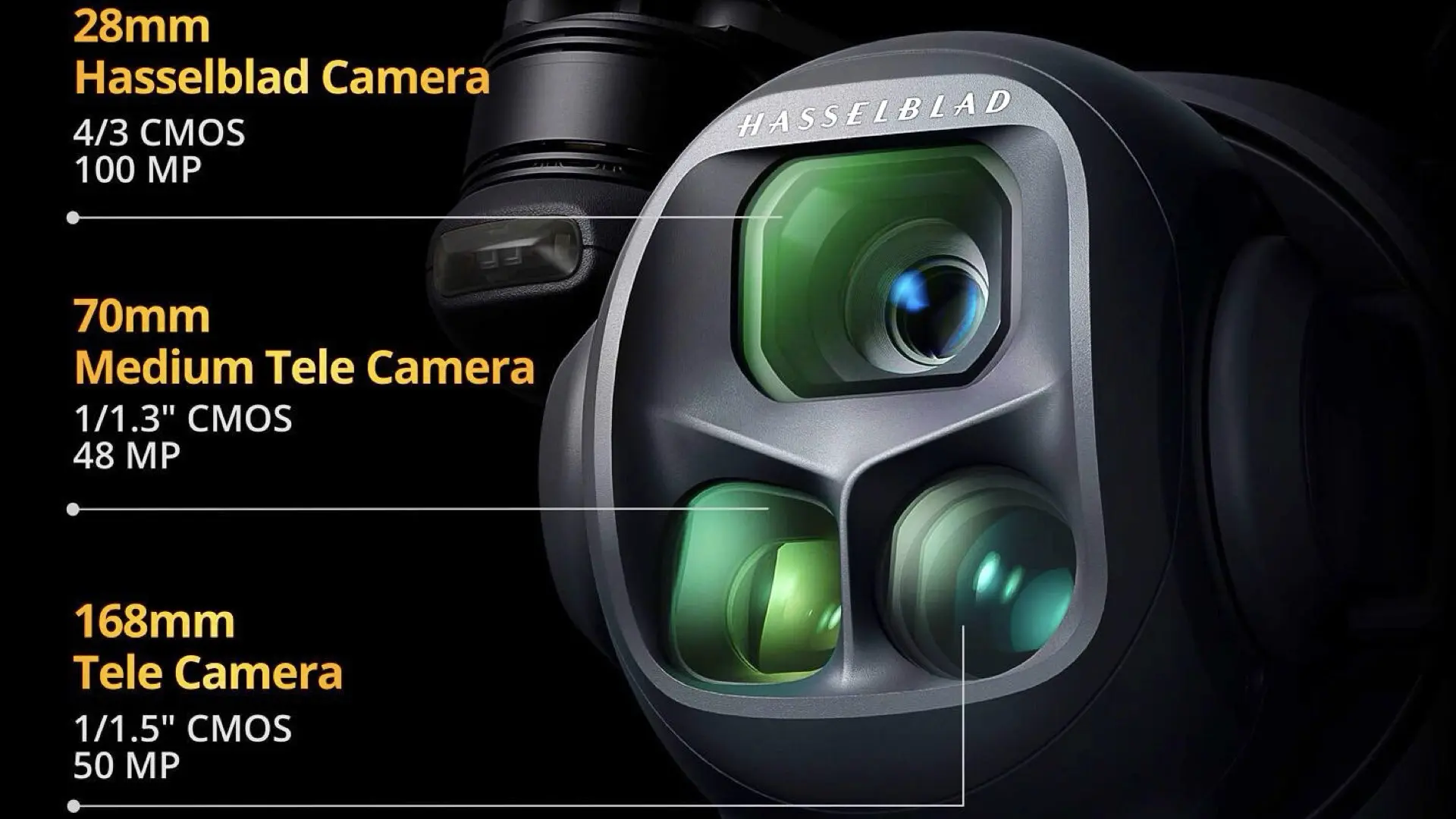
BUY the DJI Mavic 4 Pro in Amazon | B&H | Adorama
A Groundbreaking Drone That You Can’t Legally Buy in the U.S.
Despite the fanfare, DJI has confirmed that the Mavic 4 Pro will not be launched in the United States—a stunning development given that DJI has long dominated the American consumer and professional drone market. While the drone will be available internationally, it’s off the shelves for U.S.-based buyers indefinitely. So, why is DJI skipping the United States?
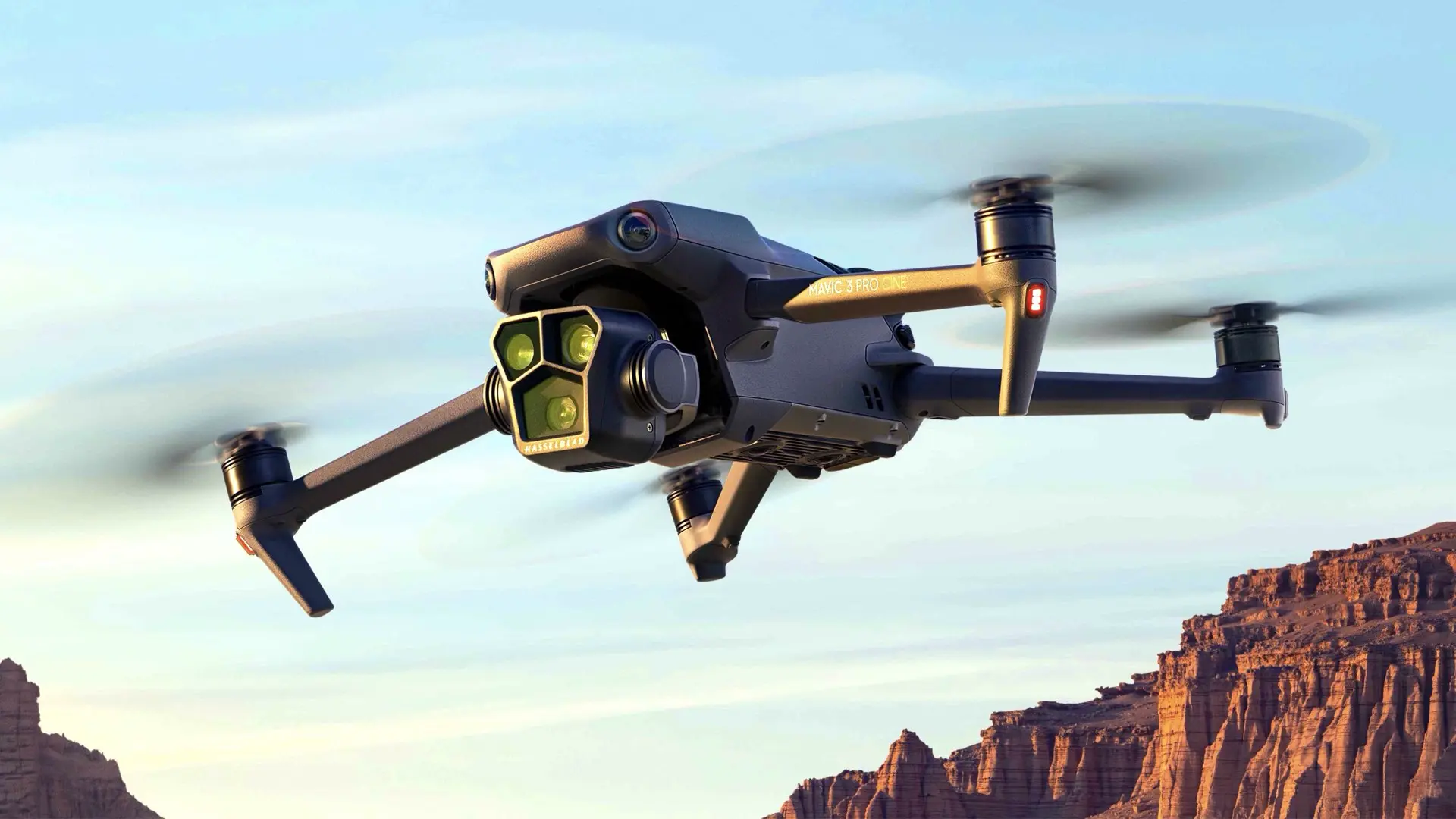
Trump’s Tariff War Reignites—and DJI Is the First Casualty
The answer lies not in technology, but in geopolitics. President Donald Trump has declared a renewed trade war on foreign tech and entertainment, which includes aggressive tariffs on Chinese technology products. In a recent piece on YM Cinema, Trump’s administration is said to be enforcing up to 100% tariffs on electronics imported from China—targeting not just consumer gadgets, but tools used in content creation and filmmaking. This policy shift is not theoretical. It’s already affecting major players:
-
Fujifilm suspended U.S. orders due to skyrocketing costs tied to component imports.
-
Blackmagic Design slashed the price of its PYXIS 12K after relocating production to avoid U.S. tariffs.
-
Canon’s shift to full automation in manufacturing is partly a response to labor and trade disruptions from tariff policies.
DJI, already under scrutiny from U.S. lawmakers in recent years over national security claims, is simply preempting the storm. Rather than raise prices or face regulatory bottlenecks, DJI appears to be circumventing the U.S. market altogether.
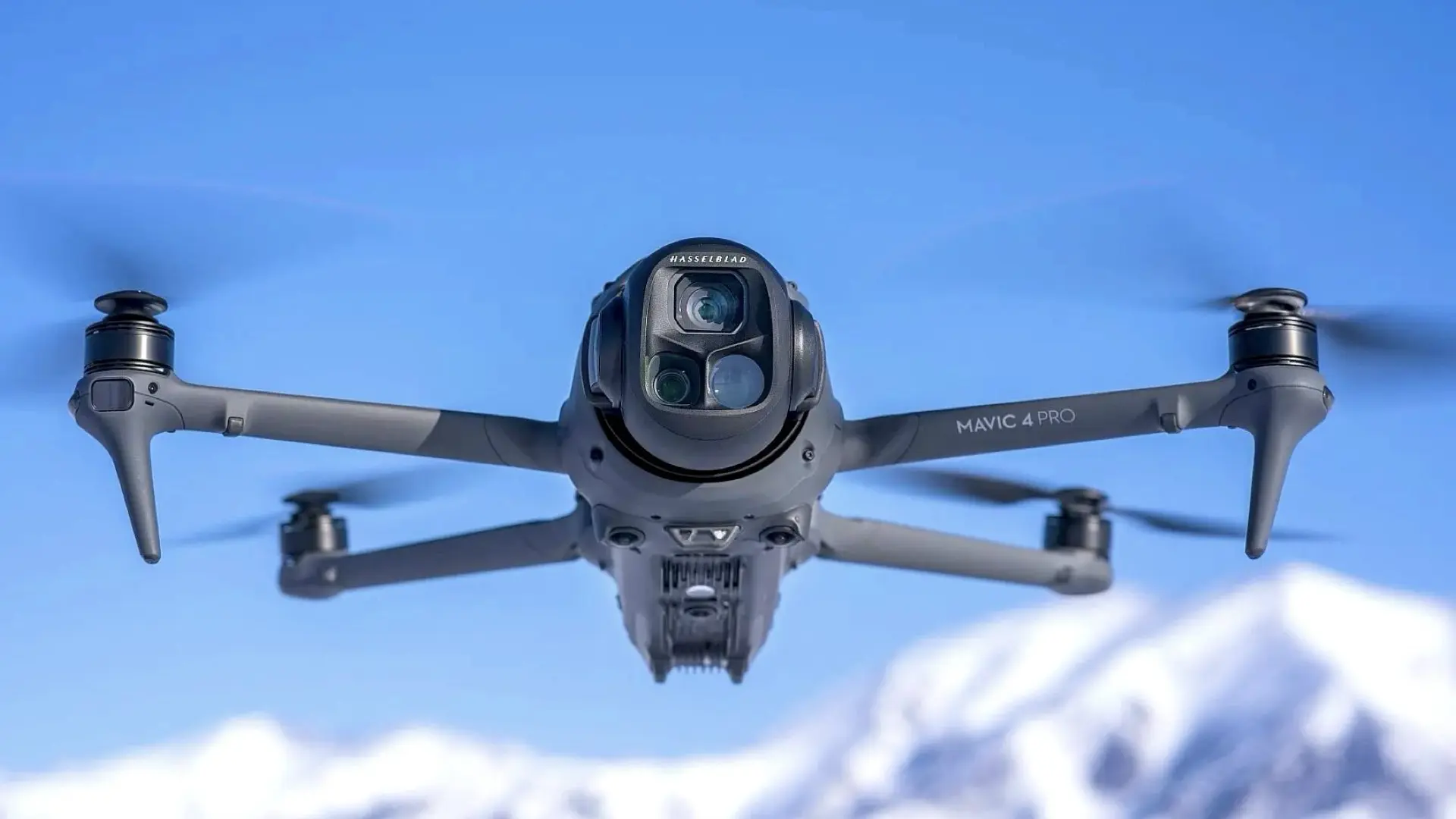
What This Means for American Creators
For professional filmmakers, content creators, and tech-savvy hobbyists, the absence of the Mavic 4 Pro is more than just a product loss—it’s a creative limitation. In an era where every pixel counts, tools like the Mavic 4 Pro allow for storytelling that was once only achievable with helicopters and cinema-grade cameras. American artists and filmmakers may now find themselves disadvantaged compared to international peers who can easily access the latest tools. This could deepen an already growing tech divide, especially when many other camera companies are also adjusting operations in response to tariffs. As YM Cinema outlines in this broader analysis, tariffs are not just inflating prices—they’re redirecting innovation away from the U.S. market.
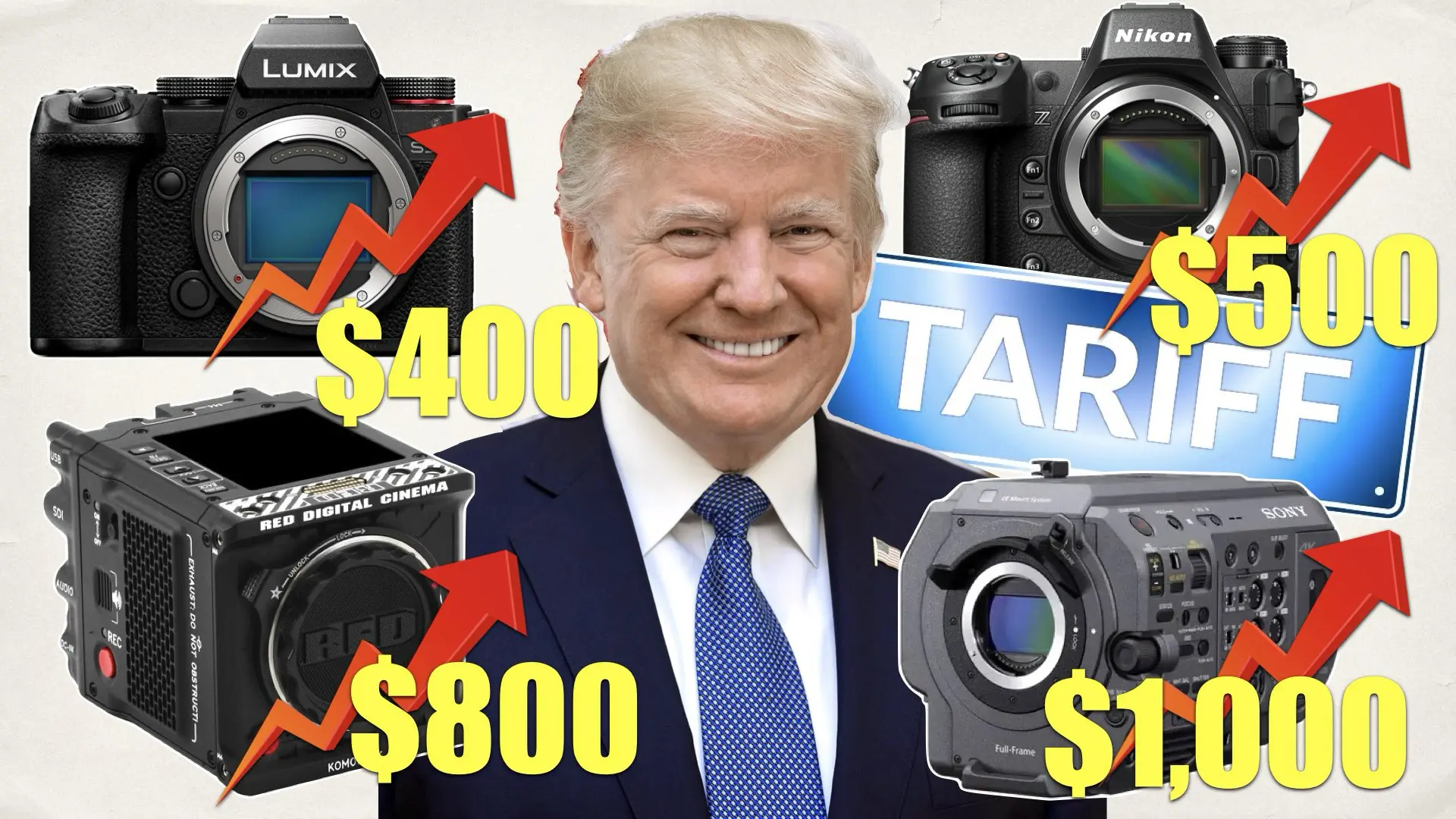
Is There a Workaround?
For now, there’s no official statement from DJI on when or if the Mavic 4 Pro will eventually be sold in the U.S. Some enthusiasts will no doubt try to import the drone through unofficial channels, but doing so may come with steep duties, lack of support, and warranty voids. Alternatives from American or non-Chinese drone manufacturers exist, but none currently match the feature-to-price ratio DJI offers. Simply put, DJI has leapfrogged the competition again—and Americans will have to watch from the sidelines.

BUY the DJI Mavic 4 Pro in Amazon | B&H | Adorama
Final Thoughts: Trade Policy vs. Technological Progress
The DJI Mavic 4 Pro could have been the defining drone of 2025 for a wide spectrum of creators. But thanks to a tangled mix of protectionist trade policies and geopolitical chess, this advanced aerial imaging tool of the year will not fly in U.S. skies. This isn’t just about one drone or one company. It’s a harbinger of what happens when international policy collides with creative industries. In the end, it’s not just Chinese brands being punished—it’s the filmmakers, creators, and innovators in the U.S. who are losing access to the tools that shape modern storytelling. Let’s hope creativity doesn’t become collateral damage in the next chapter of international politics.



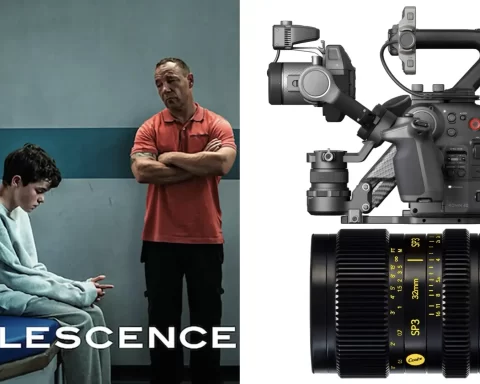
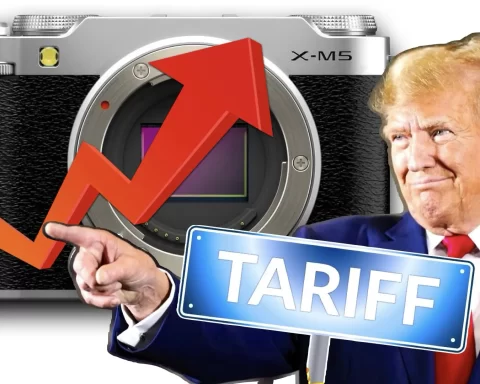
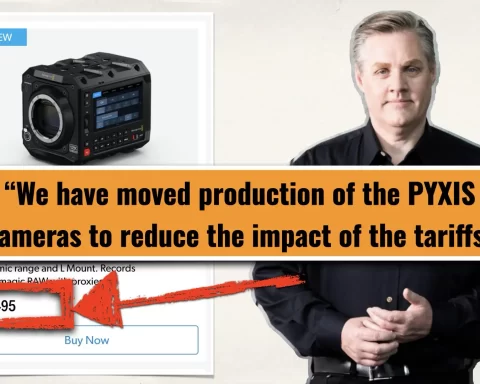
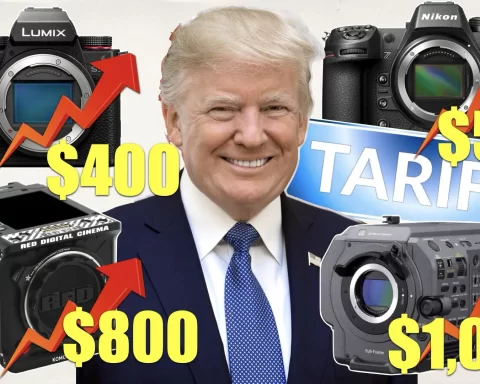
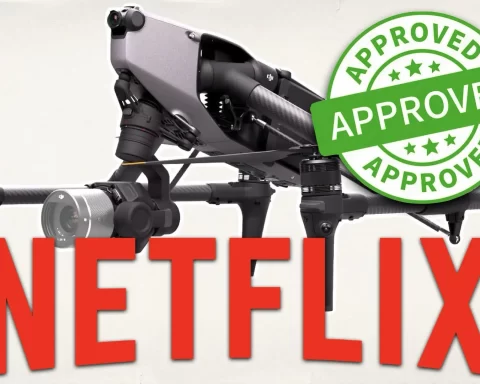
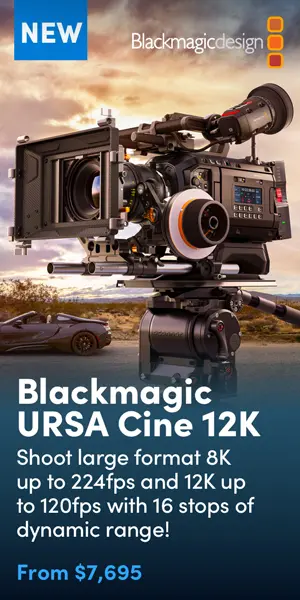

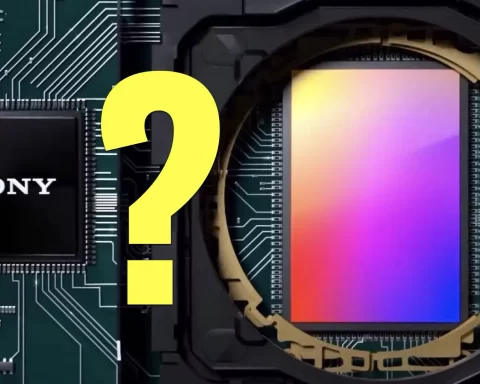
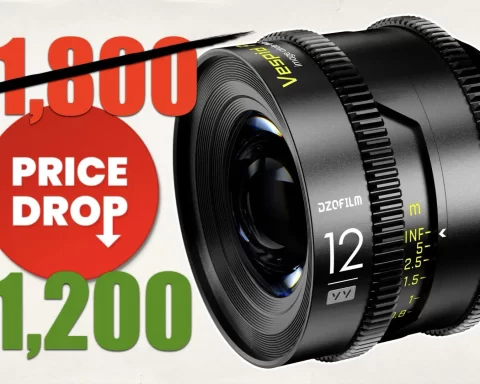

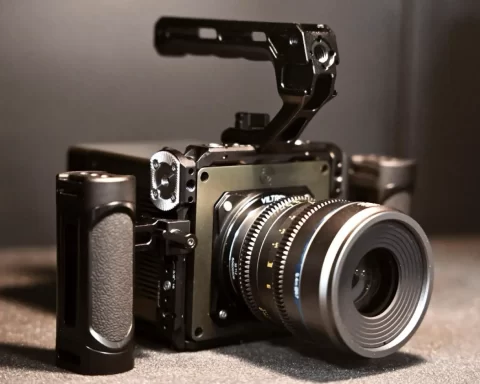


Im confused can we not buy it from the UK and have it shipped to our US address?
Here are our 2 cents:
Technically, you might be able to import the DJI Mavic 4 Pro from a retailer in the UK or elsewhere — but there are a few serious caveats:
1) Customs & Tariffs: Due to the U.S. trade restrictions and tariffs on Chinese tech, you could face heavy import duties or even risk the drone being held or rejected at customs.
2) FCC Certification: The Mavic 4 Pro hasn’t been FCC-certified, which means it’s not authorized for use in the U.S. legally. That could cause issues with both operation and resale.
3) Support & Warranty: DJI’s U.S. warranty and support may not cover imports, so if something goes wrong, you’re on your own.
So yes, you can try importing — but it’s risky.